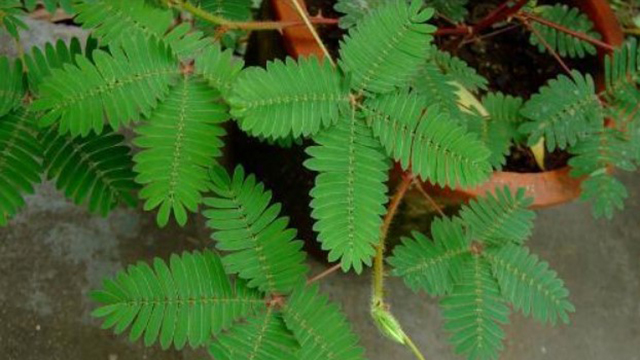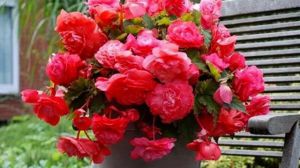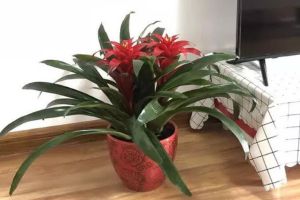Mimosa is shy when it comes to it. It's funny. The expert tells you: don't mess around.

I remember that when I was in primary school, there were several plants on the balcony of the class, including mimosa, which was small and very inconspicuous, but it was liked by the little girls in our class very much, and they would gently touch its leaves as soon as the class was over. Watch it close the leaves and slowly open them. I thought I was so funny at that time.
Today, Huahua will introduce to you about the maintenance of mimosa.
Buy some mimosa seeds back, in fact, there are a lot of mimosa seeds on the market. Soak the seeds in water for a day and control the temperature at about 30 degrees. Soaking the seeds in water in advance allows the seeds to absorb enough water, making it easier to grow later.
Generally speaking, when we plant mimosa, we choose to use a small pot to sow seeds. At this time, we usually put 1 or 2 seeds in a small pot, cover it with some soil, and cover the pot with cling film to prevent the soil from evaporating. Then put the soil in the position where the sun shines, observe diligently, and find that after the soil is dry, the mimosa will be watered and can sprout in less than two weeks.
In the growth process of mimosa, sunlight accounts for a very important part, if there is no sunlight or lack of light, it will affect the growth of mimosa.
Mimosa is a tropical plant that likes water. There should be no shortage of water during the growth period. It is necessary to keep the soil moist and ensure the moisture for the growth of mimosa. Especially in summer, watering can not be less, it is best to water once a day. In winter, we must prevent frost damage and take good heat preservation measures to prevent mimosa from being frostbitten and frostbitten to death.
Many friends may not look at the small size of the mimosa, but its leaves are slightly toxic. The leaves of mimosa contain a toxin that can cause yellowing of hair and eyebrows if we come into contact with the leaves of mimosa for a long time.
Mimosa during the day is non-toxic and will not release that toxic substance until night. Huahua reminds you that it doesn't matter to touch mimosa occasionally, but don't touch it for a long time. I believe you won't touch the leaves of mimosa for a long time.
Mimosa is small and lovely, it is very suitable for little girls to raise, girls must be very interested in it! This mimosa knows the same shyness as a little girl, and it is estimated that she has some girlish feelings.
If you are also interested, raise a pot quickly!
- Prev

Choose "it" to grow flowers in autumn, which can blossom all the year round and is easier to raise than "hanging orchids".
Autumn has passed more than half of the time, and now the weather is cool, the breeze is blowing gently, it is really a good season for growing flowers. Many plants and flowers enter the growing period in autumn, and the small buds and buds begin to sprout out. If you don't raise two pots quickly at this time, you will have to wait until next year.
- Next

The family raises the pot "the rich flower", transports to keep safe, raises more and more money!
In the crisp autumn season, how can you not buy a few pots of flowers to decorate the room? What kind of flowers is the most appropriate to buy? Of course, it is a "rich flower" that blossoms beautifully and can make a fortune. Today, Huahua will recommend 10 of the most auspicious flowers to make you more and more rich.
Related
- What if the leaves of potted flowers turn yellow?
- Florescence Control of several Flowers
- Anti-freezing technology and post-freezing nursing technology of flowers
- What is the classification of flowers? What are the common methods of flower classification?
- Prevention and control of alkali and acid damage of flowers in courtyard
- Technology of Anti-freezing and restoring growth of Flower seedlings in greenhouse and greenhouse
- How does flower fertilization not hurt the root? Fertilization technology of flowers
- Key points of disinfection in flower greenhouse
- Several pesticides that are banned or used cautiously in flowers
- How to fertilize the flowers that watch the leaves?

